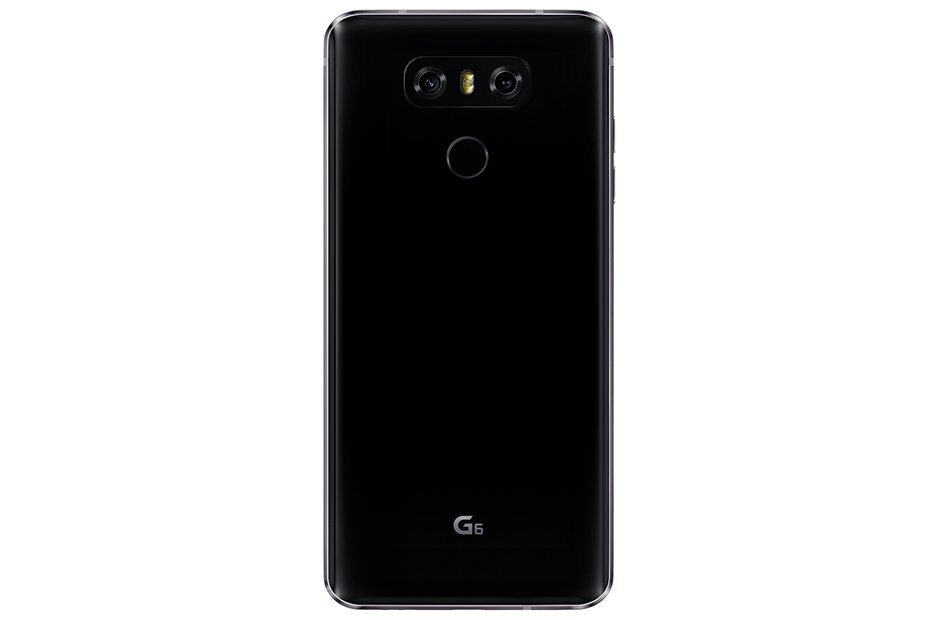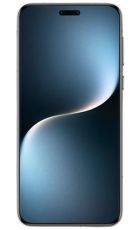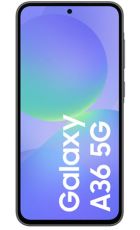LG has a history of making interesting and innovative flagships, but ones that often don’t quite get all the basics right.
With the LG G6 the company took a back to basics approach – ditching the modules, the removable battery and the odd construction of past phones, and delivering a powerful, stylish handset that doesn’t feel as fresh as you might hope, but is arguably all the better for it.
Still, it’s not perfect, and some of the cut and missing features are indeed missed. Check out our full review below to see exactly what works, and what doesn’t.
Screen
The screen is among the biggest changes and improvements on the LG G6, as at 5.7 inches it’s far bigger than the LG G5’s, but it’s also got a new 18:9 aspect ratio and a new 1440 x 2880 resolution to go with it.
That leads to a density of 564 pixels per inch, so it’s every bit as sharp as you’d expect a flagship to be. It’s also among the first phones to support mobile HDR, meaning you can view HDR content on it. There isn’t a huge amount of this yet, but companies such as Netflix are gradually creating more.
And it can be set to be always on, which means that it’s partially lit up at all times to show the time and notifications, with minimal impact on the battery life.
The new aspect ratio also means that you can run two apps side by side in equally sized squares, making it a strong phone for multitasking, and at 5.7 inches it’s big enough to comfortably do that too.
So, in short, the LG G6 has a big, sharp and feature-packed screen. It’s arguably not quite as good as the display on the Samsung Galaxy S8, as that phone delivers more vivid visuals, but it’s close.
Design
The LG G6 has a glass back with a metal frame, like any number of other high-end phones, including the Samsung Galaxy S7 and S8, but it’s done well here, with tiny bezels around the screen for an edge-to-edge look, a slim 7.9mm thick body and a shiny back that looks premium, helped by little touches like the fact that the camera lenses sit flush with it rather than sticking out.
It’s not a design revolution, but it is a stylish, polished look, unlike the LG G5, which has an odd painted metal body, or the even more unusual (and unconvincing) leather LG G4.
And the LG G6 more than just looks good, it’s also resistant to the elements, thanks to IP68 certification. That means it’s dust proof and water resistant to a depth of 1.5 metres for up to 30 minutes.
Power
This is one area where the LG G6 is a little lacking, as while rival handsets like the Sony Xperia XZ Premium and Galaxy S8 are using brand new chipsets, the LG G6 is stuck with last year’s Snapdragon 821.
Now, this was a top tier chip and one which didn’t even debut until the latter part of 2016, so it’s not that dated, but it’s still older and less powerful than the Snapdragon 835 which many of this year’s flagships are likely to use.
In practice you probably won’t notice much difference, especially as the LG G6 is backed up by 4GB of RAM. Performance is smooth and stable, but it’s a red mark on paper, and a bit of a worry that it might not be able to keep up further down the line.
Camera
The LG G5 had one of the better and more interesting smartphone cameras of 2016 and the LG G6 has a slightly improved version. As with last year’s phone, there are two lenses on the back – one wide-angle and one telephoto, but this time they’re both 13MP, rather than the wide-angle one being a lower spec.

You can choose which camera to use for any shot, so while you’ll probably usually stick to the standard telephoto lens, the wide-angle one is there for when you want to fit more into your shot.
The camera also has optical image stabilisation, to help keep shots in focus. It’s a strong showing, especially in good light, but it can’t quite match rivals like the S8 or even the Samsung Galaxy S7 Edge when day turns to night.
The camera app itself is worth a mention though, as it takes advantage of the screen being built for running two square apps side by side, by letting you use half the screen as a square viewfinder and the other half to instantly see the last photo you took. It’s a handy, clever layout that you’ll likely miss when you switch to another phone.
There’s also a 5MP front-facing camera, which isn’t especially notable, but can take solid selfies.
Features
Most of the features have been covered elsewhere, but note that the LG G6 has a fingerprint scanner, as you’d expect from a high-end phone, and it runs Android 7.0 Nougat, complete with the handy Google Assistant, so you can make voice requests and use certain features hands-free.
Battery life, memory and connectivity
The LG G6 has a 3,300mAh battery, which is an above average size, but the least we’d expect for a phone this big. As with so many other phones you’ll likely find yourself charging this nightly, but you should at least comfortably make it to nightfall before you need to hunt out a charger, and when you do charge it you’ll be able to do so quickly, as the LG G6 supports Quick Charge 3.0.
Unlike past LG flagships though the battery here isn’t removable, which may disappoint some users.
Memory comes in at 32 or 64GB plus a microSD card slot with support for cards of up to 256GB, so only the heaviest users should ever run short of space.
Connectivity options include Wi-Fi, 3G, 4G, Bluetooth 4.2 and NFC. That’s pretty much a full house of connectivity, though notably beaten by the Galaxy S8 and its Bluetooth 5.0.
Verdict
The LG G6 handles the basics almost perfectly, with a top-quality screen, a great design and a strong camera, along with reasonable battery life and lots of storage.
It goes one further in some areas too, with innovative display features and a dual-lens snapper, but on paper it’s slightly underpowered and there’s little here that can’t be matched or beaten elsewhere.
It’s not the oddity that LG’s past flagships have been, and it’s arguably all the better for fitting in, but it also might struggle to stand out. For all the G5’s flaws its modular design gave it something few phones could rival, with the G6 you’re left with a competent – even compelling – handset, but one that’s a little light on magic.
Dimensions (mm): 148.9 x 71.9 x 7.9
Weight (g): 163
Battery capacity (mAh): 3300
Colours: Mystic White, Astro Black, Ice Platinum
Screen size (inches): 5.7
Resolution: 1440 x 2880
Pixels per inch (PPI): 564
Processor: Quad-core 2.35GHz
Processor make: Snapdragon 821
RAM: 4GB
Internal storage: 32/64GB
Expandable storage up to (GB): 256GB
Camera: Dual 13MP (5MP front-facing)
Operating System: Android 7.0






